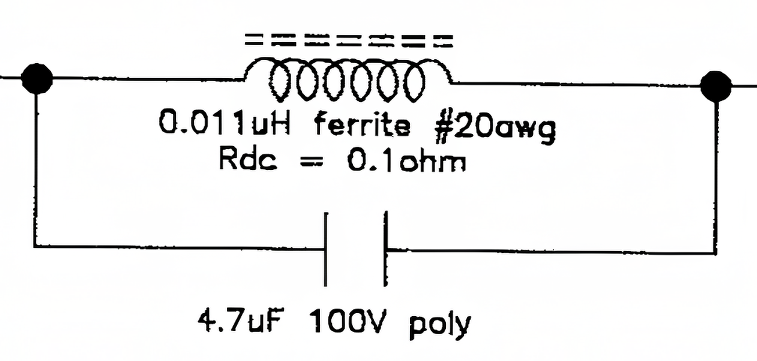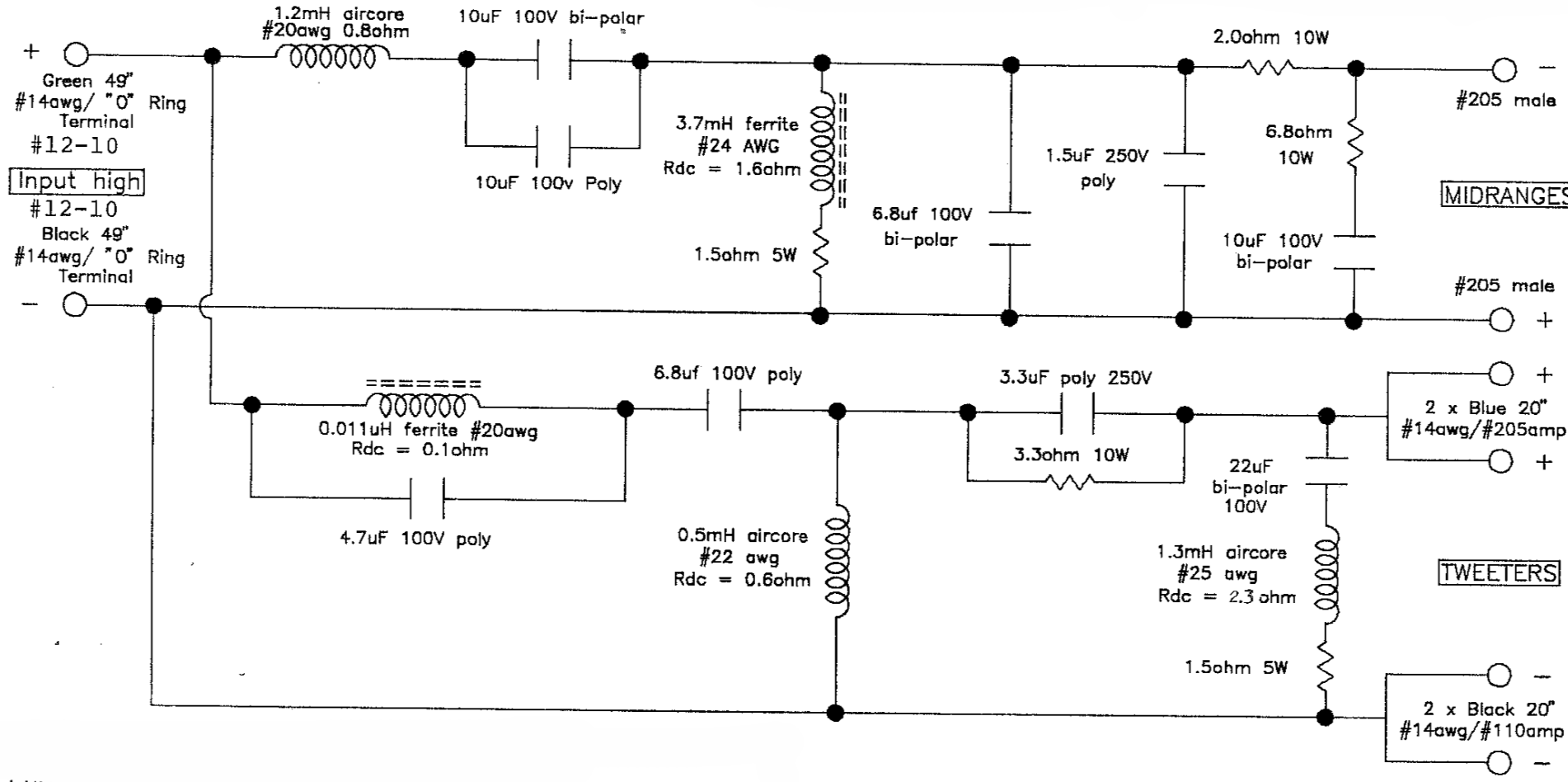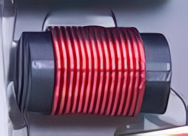Electrolytic caps have relatively high ESR and wide tolerances. A good designer will calculate the ESR and the expected over (or under) capacitance into the crossover design. Any changes to ESR and capacitance may degrade the speaker performance. That said:
1) Perhaps two 47uF caps provide for the capacitance and ESR the designer is shooting for. After all, 47uF caps are more abundant in the market than 50uF caps and therefore more choices to zero in on a desired performance spec.
2) Film caps have less ESR and tighter tolerances than electrolytic caps... replace with caution for reasons above.
3) There are 11nh ferrite core SMD chips available (Murata) but why are you replacing it? The size does make sense because it provides a corner frequency in the low Ghz, thereby making it the first line of tweeter protection from HF energy. I don't know enough about crossover design to make a suggestion without knowing the self-resonant frequency of that inductor. The DCR should not be a factor since a well behaved amplifier will not pass DC to the speaker.





